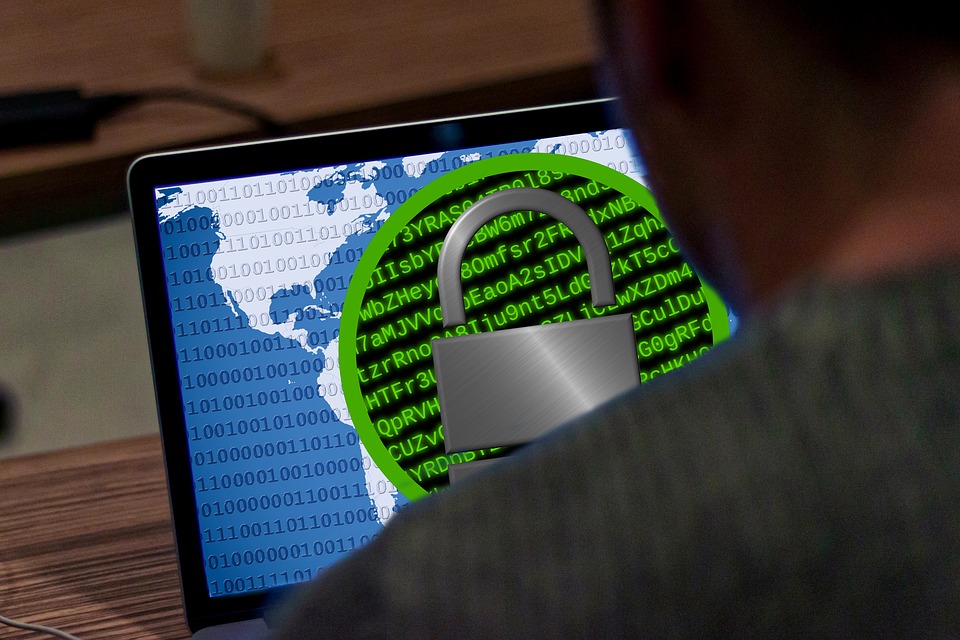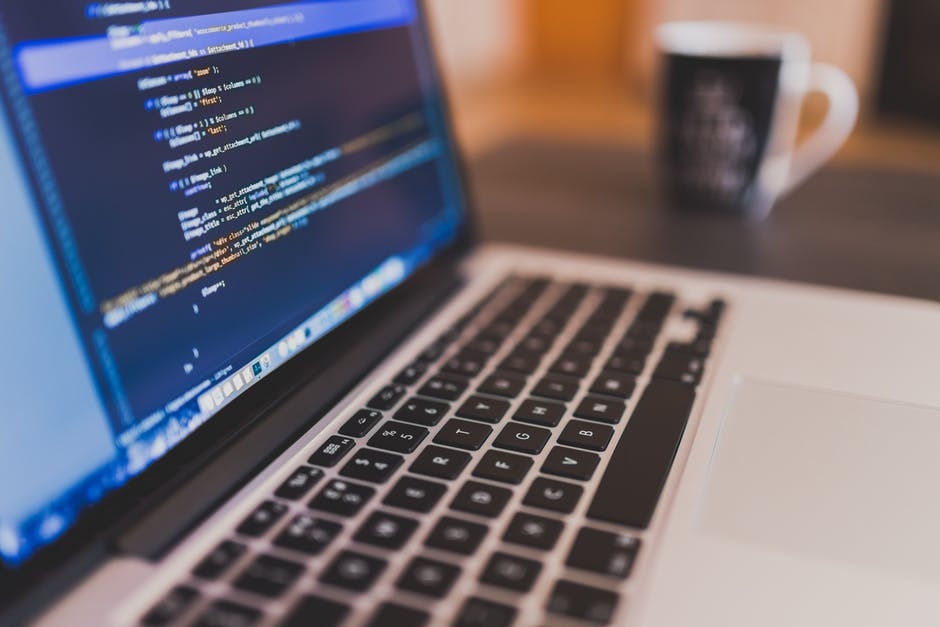Our everyday lives revolve more and more around computers and technology – it is hard to imagine our daily work, how we entertain ourselves, or even how our kids learn at school without the assistance of computers and the web. Yet, recently, we have started to become painfully aware of the risks, too, as high-profile hacking incidents have brought even major companies to their knees. And even though we would like to think that we do not matter enough to be targeted by hacker attacks, the truth is that the average computer user should worry as much as anyone about the next ransomware attack.
2017 Ransomware Epidemic Strikes Individual Users
Ransomware is the word of the day lately, as a wave of attacks hit thousands of users across countries. It is the malware threat that demonstrates the most rapid growth and the whole world came to know what it was when two major outbreaks occurred within the first half of 2017. WannaCry hit more than 300,000 computers in May and, two months later, a variation of the malware called Petya infected a further 16,500 devices. Even though the impact on major public institutions like the British National Health Service and business giants like shipping company Maersk have overtaken headlines, individual users were also among those affected by the malware attack that demanded payment to unlock their encrypted data.
Getting Informed Is the Best Proactive Strategy
This highlights the need of everyone using a computer and going online – so, basically, every single one of us – to get informed and develop a personal data security approach. You can start by understanding what is at risk: try and identify where you are keeping your data online and how you would classify it. Information like your banking and credit card details, a photo of your passport, or your Social Security number, are much more important than that obscure photo of last year’s vacation, even if they don’t hold the same sentimental value. Protecting your most sensitive data from ransomware attacks by holding it on a secure backup storage device instead of on your computer can help protect you from extortion and identity fraud.
Ransomware Attacks Hit Public Infrastructure
Everyday users are not just impacted by ransomware that hits their personal computers – we are also affected by attacks that target public institutions. A couple of weeks ago, an employee of the Monroe County School District uncovered a ransomware attack that hit the Florida Keys public school computer network. The system remained out of service for five days in a row as IT professionals rushed to get the servers cleaned. The ransomware was a variant called GandCrab, according to a report published on miamiherald.com on September 13, 2018. A few days later, Bristol Airport in the UK also suffered a ransomware attack that forced the staff to close down flight display screens for 48 hours. While the attack did not target the screen system per se, technicians working on containing the attack decided to take them offline to avoid further damage, much to the annoyance of passengers traveling during those days.
Incidents like these will keep happening, as ransomware and malware trends are on the rise. Even though it seems that hackers will be reluctant to turn their attention on an average user, ransomware attacks are much more widespread than we think – so it is better to stay vigilant and be prepared.


Leave a Reply